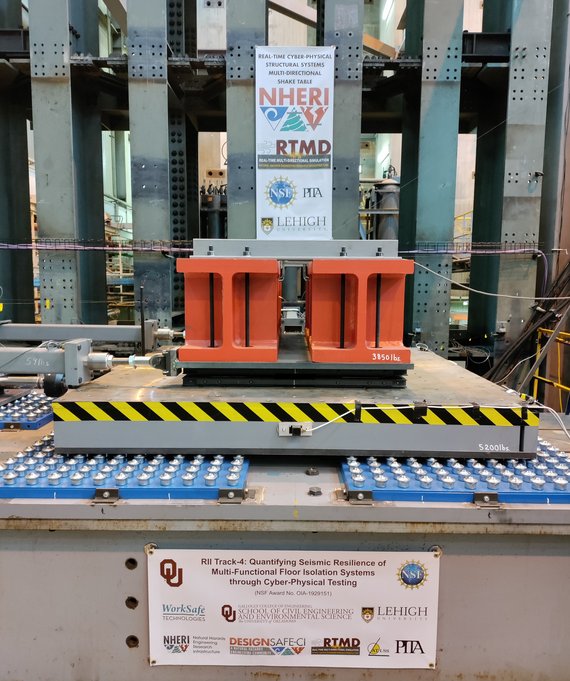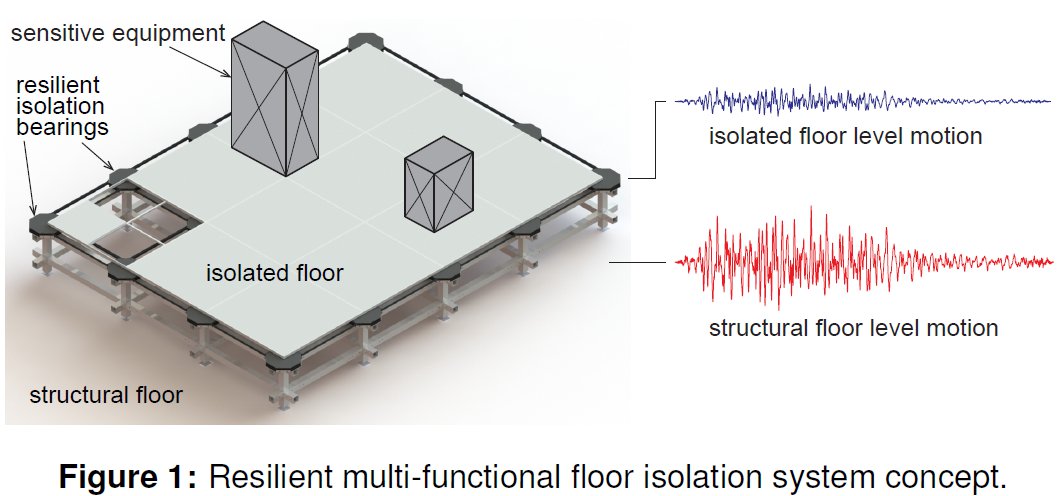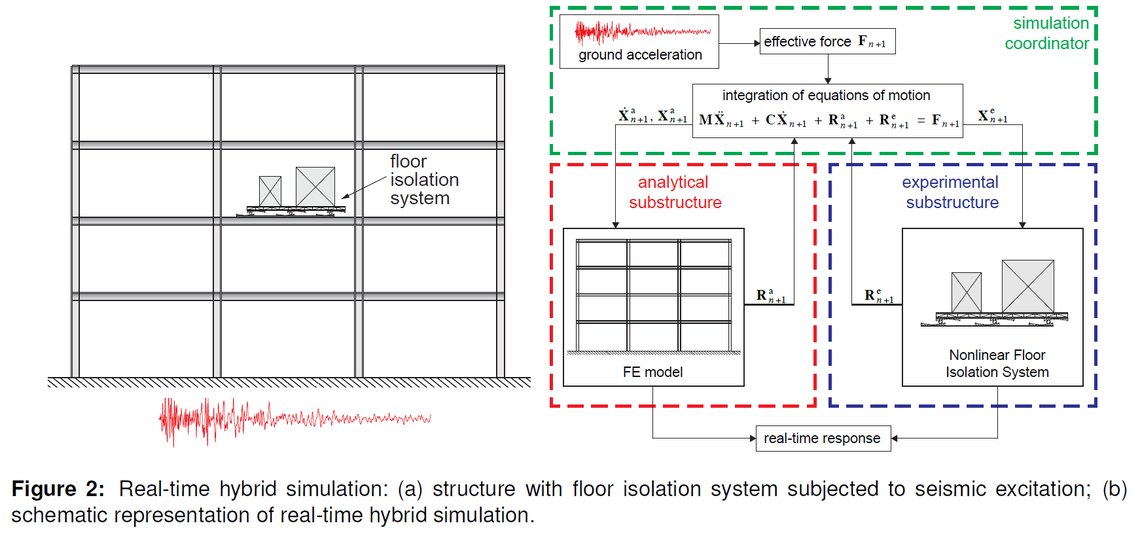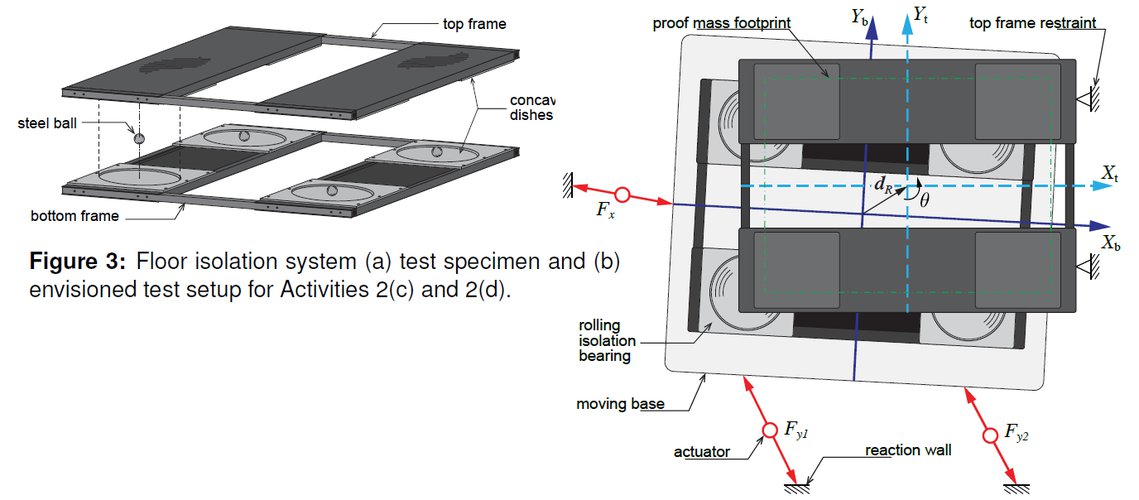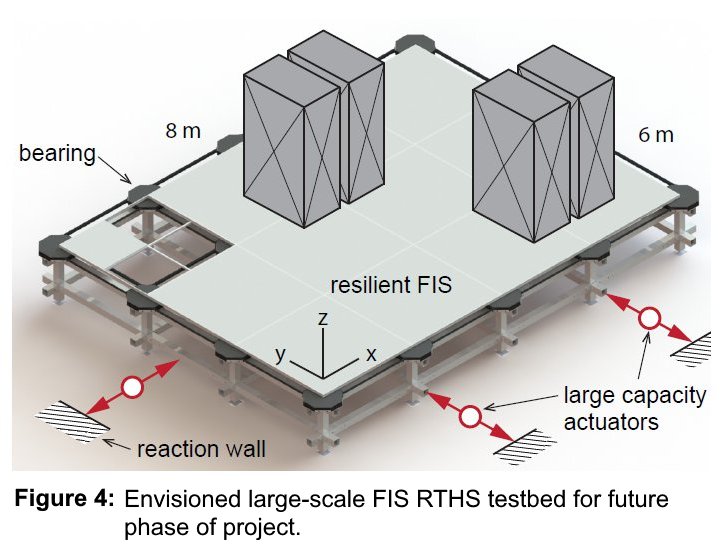OIA 1929151 - PI Philip Harvey, University of Oklahoma
Damage caused by seismic events to buildings and their contents can impact life safety and disrupt business operations following an earthquake. The resulting social and economic losses can be minimized, or even eliminated, by reducing the seismic forces on building contents through vibration isolation. Floor isolation systems (FISs), in particular, are a promising retrofit strategy for protecting vital building contents and enhancing a community's seismic resilience. This project will establish an experimental testbed and test protocol for FISs, utilizing the state-of-the-art NSF-funded Natural Hazards Engineering Research Infrastructure (NHERI) Experimental Facility at Lehigh University. Through the tests conducted during extended research visits, the PI and a graduate student will assess the performance of FISs and advance the understanding of their underlying physics, while also receiving hands-on training on the unique cyber-physical testing capabilities at Lehigh called real-time hybrid simulation. The new techniques and knowledge learned through these visits will transform the way the PI conducts research at the University of Oklahoma through the integration of real-time hybrid testing on existing facilities. This will have a lasting impact on the training of undergraduate and graduate students and researchers at the PI's home institution.
A community's resilience to seismic hazards is defined by its ability to absorb an extreme event and maintain an acceptable level of functionality following the event. To help ensure a more resilient community and a safer environment, the proposed research will rigorously evaluate a design methodology developed in the PI's lab for multi-functional FISs incorporating building-FIS interactions. This will be achieved by utilizing a cyber-physical systems based approach, namely real-time hybrid simulation, leveraging the state-of-the-art facilities at Lehigh University. The overall aim of these tests is to: (a) extend real-time hybrid simulation algorithms to seismic isolation systems; (b) experimentally validate physics-based mathematical models for resilient FISs; (c) advance the understanding of the underlying nonlinear dynamics of these systems; and (d) quantify the performance of these systems incorporating multi-scale (building-FIS) interactions. The cyber-physical tests conducted during the extended research visits will help to clarify the fundamental limitations of resilient isolation systems and quantify their achievable performance with respect to resilience goals. These tests constitute the first ever real-time hybrid simulation of FISs, in particular, and multi-axial hybrid testing of seismic isolation devices, in general. This research has the potential to lower the repair and demolition costs of post-earthquake recovery, including damage to non-structural elements/contents, save lives, and provide immediate operation for critical facilities.
